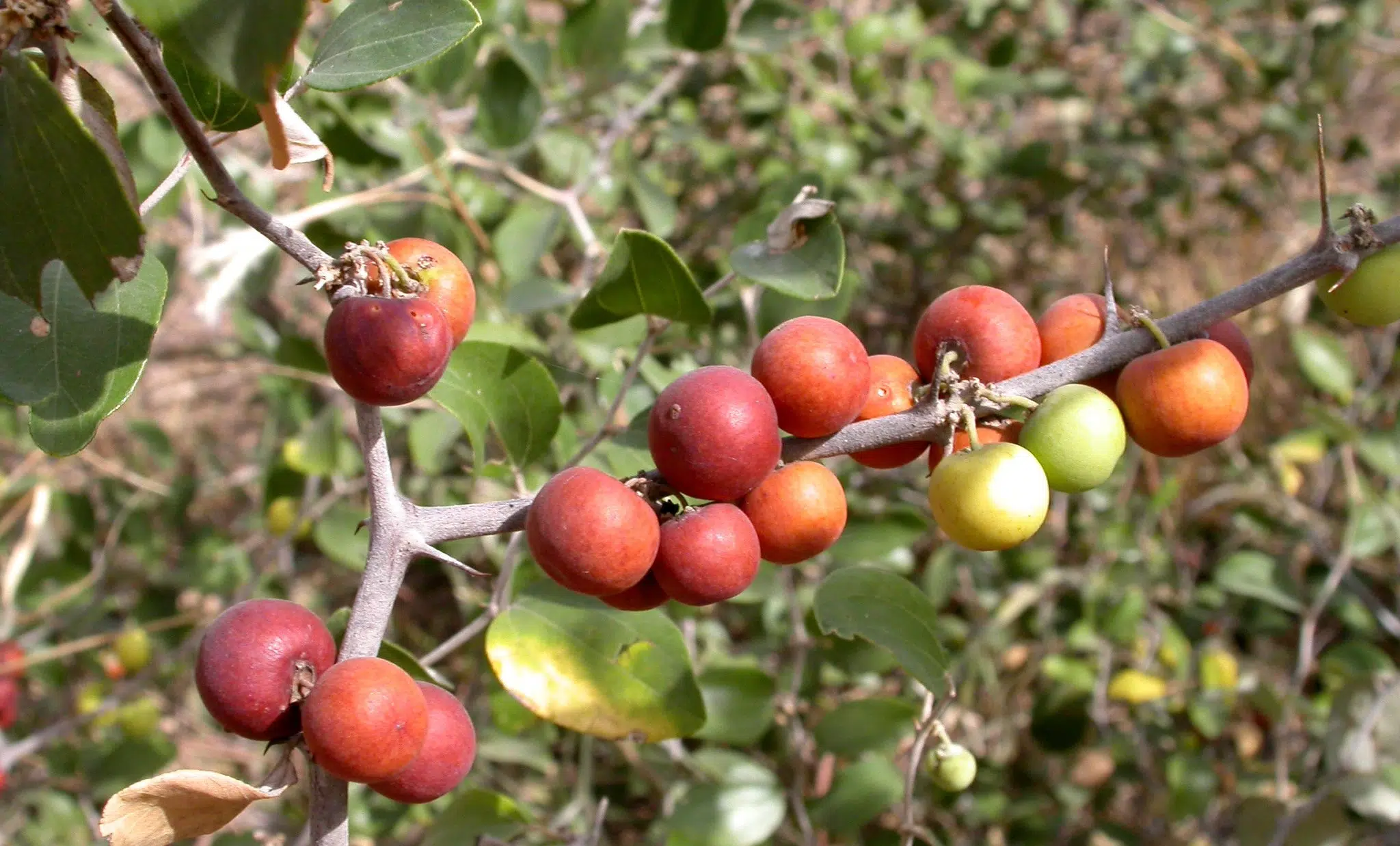
Within the 9th chapter of the Odyssey, Homer introduces a mystical and fascinating tribe, the Lotus-eaters, or in Greek Lotophàgi (λωτοφάγοι).
A narrative interlude that is shorter than the other iconic stages of the Greek hero, but nevertheless hides a message of denunciation toward ancient society. Also, a mystery that is still disputed today among researchers of ancient myth.
Odysseus Lost After the Storm
After Odysseus and his men raided the stocks of the Cicones, a warrior people located in present-day Thrace, Zeus punished them with a strong storm that pushed the fleet off course.
This was how the long-awaited journey back to Ithaca, turned into the greatest adventure ever told, and sung about in classical poems.
The fleet of the King of Ithaca was forced to dock on the island of Djerba, north of Tunisia, where the first fantastic encounter of Homer’s tale took place.
In this unknown land, Odysseus sent ahead three of his most trusted men to search for help and supplies needed for the return voyage. However, the lack of news and the passing of time worried Odysseus. The islanders’ intentions and his men’s whereabouts were unknown to him, so he decided to seek answers himself. That is where he came across the Lotus-eaters.
Lotus: the fruit of forgetfulness
The Lotus-eaters were far from hostile, yet Odysseus’ concerns were not unfounded. Though they were not attacked, the men of the King of Ithaca were “captured” by the eating habits of the local people.
The local inhabitants lived in a primordial society; a structure strongly tied to tribal customs. Their main, if not only livelihood, was cultivating and then consuming the so-called lotuses.
Gastronomy often reflects societal organization, yet mythological and historical consideration must be introduced before asking whether the tribal structure of the Lotus-eaters was the cause or the consequence of their primitive diet.
“Those of them who tasted the sweetest fruit of the lotus had no desire to return to report news but preferred to stay with those geniuses to taste the lotus, forgetting the homeland.”
Odyssey, Book IX
Reference is made in the above poem to the effect that these fruits produced to individuals who ate them; a sense of carelessness, a loss of will and sinking into personal oblivion.
Obviously this simple, if not primordial, society of this tribe was the consequence of their feeding on these fruits. Otherwise stated, their gluttonous nature.
Deciphering the author’s text to identify the “lotus flower” with an element of today’s food, has produced much confusion. For example, in the Iliad, Homer refers to another lotus plant, similar to a clover, that the Trojans used as fodder for their horses.
The Greeks gave the name lotòs (λωτός) to various kinds of fruits. However, they had no direct connection with psychedelic or narcotic plants.
Thanks, however, to archaeological, historical, and botanical studies, it has been possible to narrow the field of research and identify the fruit in question.
According to the ancient Greek physician and botanist, Pedanius Dioscorides, a type of lotus called cyrenaic – named after the Roman empire region Cyrenaica – grew in the territories of present-day Lebanon and Tunisia. It was later named ziziphus lotus.
Jujube
The fruits of this plant are identified as one of the jujube species. It is found today mainly in areas of North Africa and Asia. The jujube commonly consumed in various traditional cuisines, is the one identified as ziziphus jujuba, while the Ziziphus lotus plant represents a wild variant of it.

In “The Histories,” by ancient historian Polybius, reference is made to the lotophagus – tribes of North Africa that featured jujubes in their daily diet – and their preserving methods of the fruit.
“The whole fruit crushed when ripe, is stored in the pots and is used to feed the servants, while, deprived of the kernel and preserved in the same way, it is food for the free people. Macerated in water and minced, it is used to make a wine-like drink.”
The Histories, Polybius
It is possibly that the main source of the Lotus’ psychotropic effect was wine. It was produced not from the vine, but from the plant ziziphus lotus, and its fruit, the wild jujube.
In addition, it is thought that the type of this plant, found on the island of the Lotus-eaters, produced jujubes with toxins. This made the macerated product stronger in terms of alcoholic strength and psychotropic properties.
Homer’s Social Denunciation
Even if the island stop was described in just a few verses in Homer’s poem, the mysterious poet manages to arise the issue of drug use.
In ancient Greece, drug use, of obvious natural origin, was widespread among all Greek cities –poleis – of the Mediterranean. It went beyond the spiritual rites and ceremonies honoring the gods.
The Lotus-eaters story metaphorically serves as a reporter’s text. The poet offers an insight into the consumption of various substances and how they affected humans in the daily life of the times.
Just like any fable written by Aesop, another great author of the ancient Greek world, Homer also hands down a moral to the readers. The wise and mature Odysseus fights the consequences of feeding off the lotus with his will to return home. This can be paraphrased as a motivational message:
Don’t lose sight of your goals and your moral integrity as a human being by indulging in the whims and snubs of the society in which we live.
Why is this a modern message? Because, we are… what we used to eat.
See all the latest news from Greece and the world at Greekreporter.com. Contact our newsroom to report an update or send your story, photos and videos. Follow GR on Google News and subscribe here to our daily email!



